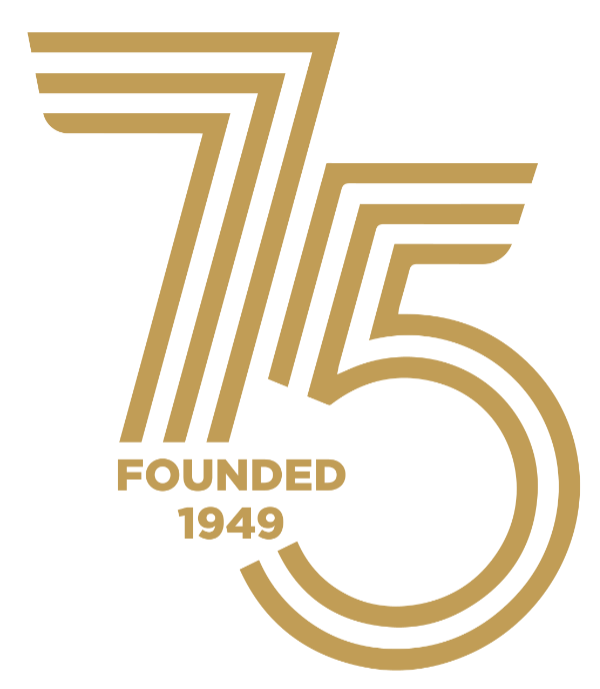How to Write a Winning Grant Proposal When You Don’t Have a Grant Writer
What Grantors Really Care About
Picture this: you’re pitching your project to a funder. They’re nodding, but in their head, they’re asking three big questions: Does this fit what we fund? Will it actually make an impact? Can this team deliver?
It is the filter almost every grantor uses.
- Mission fit first. If your project doesn’t align with their priorities, it’s game over – no matter how well-written your proposal is.
- A real, urgent need. Funders want proof – data plus stories – that demonstrate why this problem is relevant now.
- Clear results. “100 families housed” beats “help people thrive” every time. Specific, measurable outcomes win trust.
- Credibility counts. They will verify your track record, leadership, and financials to make sure you can follow through.
- Money well spent. A solid, transparent budget shows you will use their dollars wisely.
- Staying power. Funders want to know the work won’t collapse when the grant runs out.
- Collaboration. Partnerships signal community support and reduce duplication
Boil it down, and grantors really want three things: alignment, impact, and confidence. Nail those, and you’re already ahead.
Pro Tip: New to grants? Start local. Community foundations and smaller funders often have simpler applications – and every proposal you write sharpens your skills for bigger opportunities.
Quick Guide to Writing Winning Grant Proposals
For small nonprofits, grants can be game changers. Beyond generating revenue, they alleviate the constant pressure of fundraising, enhance credibility, and provide you with the space to focus more energy on your mission. Even a small grant can open doors to bigger opportunities.
The good news? With clarity and structure, you can craft proposals that funders take seriously.
- Every strong proposal tells a story. It starts with a brief introduction that frames who you are, what you are requesting, and why it matters. From there, give a quick summary – the “elevator pitch” version of your request – so funders can immediately grasp the essentials.
- Paint the picture of the problem you’re solving. Use both data and human stories to show urgency and relevance. Then, explain why your organization is best positioned to address it: your mission, track record, and partnerships all help build trust.
- Once the case is made, shift to the solution: what you’ll do with the grant, how you’ll do it, and the results you expect. Keep outcomes specific and measurable. Funders want to see the difference their dollars will make. Outline how you’ll track progress, whether through surveys, reports, or other evaluation methods.
- Back it all up with a clear, realistic budget that aligns with your plan, and show how the work will continue after the grant ends. Funders want to be confident that their investment will have a lasting impact.
- Be prepared with supporting documents: Your nonprofit status letter, financial statement, and, to help put you over the top, letters of support to give funders extra assurance that you can deliver.
Pro Tip: A grant proposal is your chance to invite funders into your story and show them the change they can help create.
ABOUT CAREER BLAZERS
Career Blazers Nonprofit Search is committed solely to the nonprofit community, identifying and securing exceptional talent. With a sharp focus on the diverse sectors within the nonprofit world, we partner with our clients to strategically identify exceptional professional talent that aligns with their mission. Our expertise in identifying and securing transformative talent makes Career Blazers Nonprofit Search a trusted partner for nonprofits committed to driving meaningful impact.
Learn more about who we are, our history, and our team.

